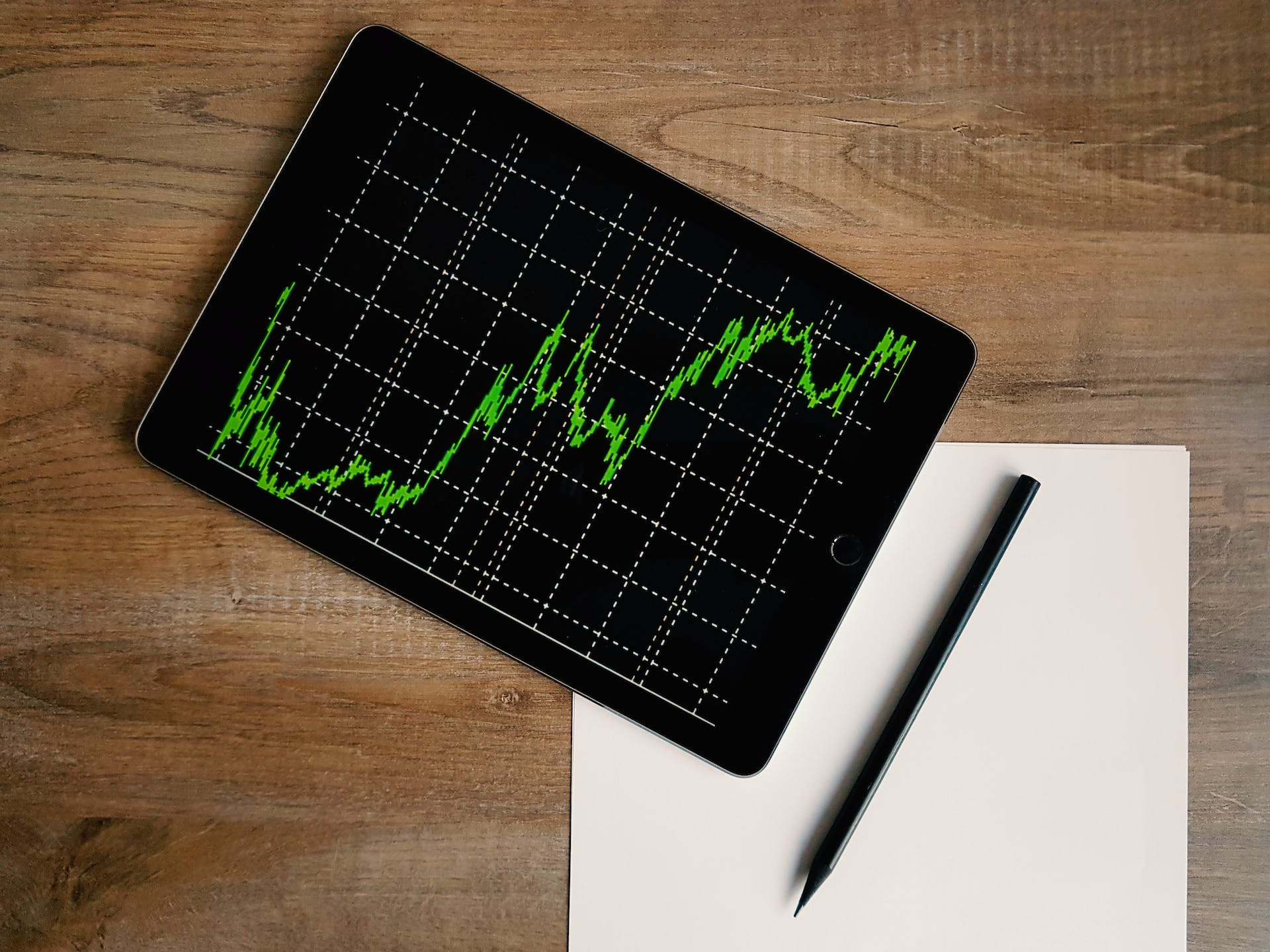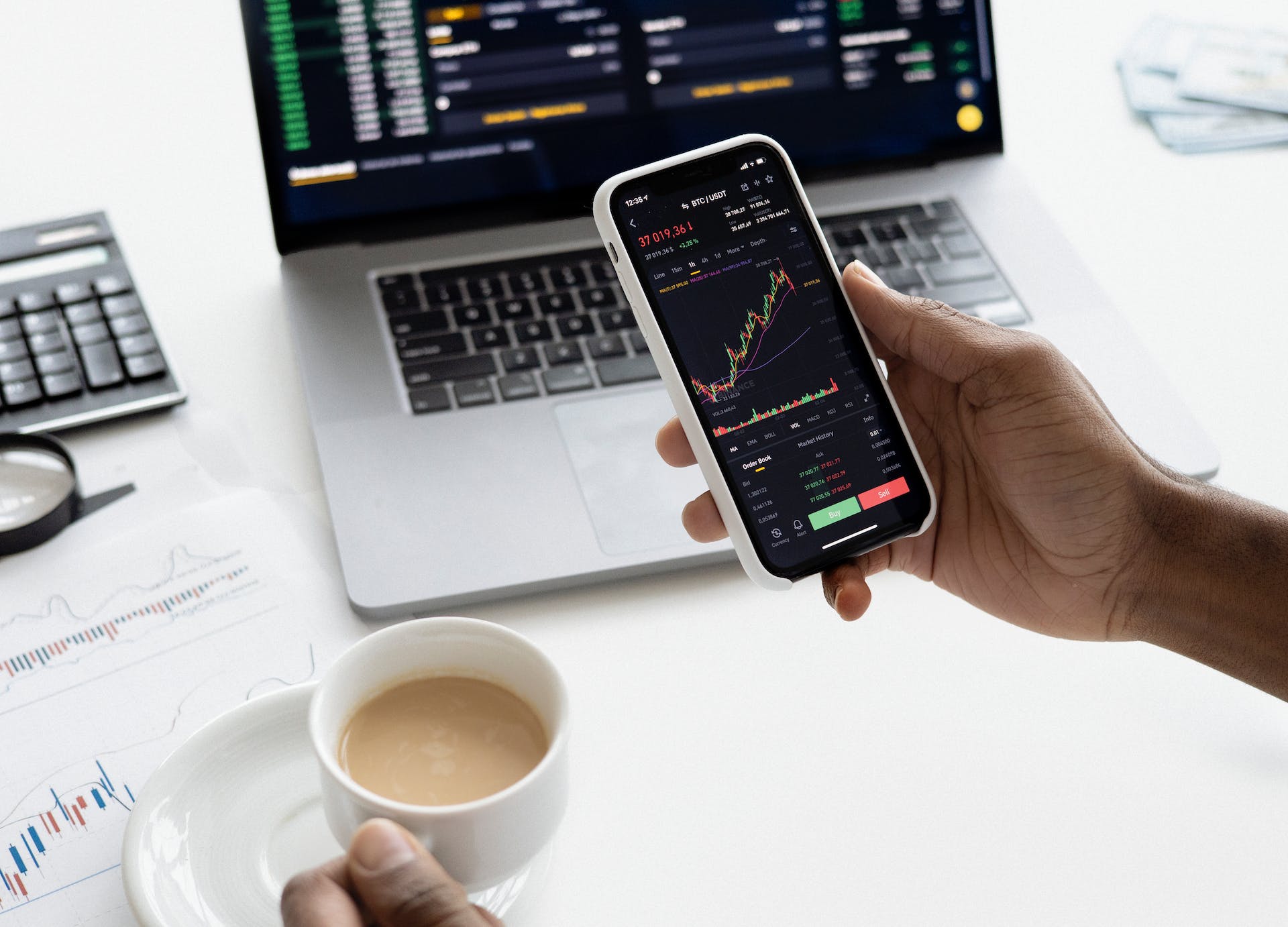Investors often invest in baskets of securities called “funds.” While mutual funds have historically been the most popular type, exchange-traded funds, or “ETFs,” are enjoying increasing popularity.
What are exchange-traded funds? What are their advantages? This guide will introduce you to how ETFs work and what they can do for your portfolio.

ETF: Meaning and Definition
What are exchange-traded funds (ETFs)? Like all types of funds, an ETF is a pooled investment security, meaning investors pool their money to purchase a collection of securities represented by the ETF itself. But as their name suggests, exchange-traded funds are traded directly on an exchange, just like a stock.
An ETF can contain hundreds or even thousands of underlying securities, making them excellent vehicles for investors looking for instant diversification. They may also contain a diverse mixture of assets, including stocks, bonds, commodities, or some combination thereof.
ETFs are rising in popularity. In 2000, Americans only had about $66 billion invested in ETFs. By the end of 2022, that number had climbed to $6.5 trillion — a nearly 10,000% increase in just over two decades.
Types of ETFs
ETFs are highly diverse. Some of the most common types of ETFs include the following:
- Index ETFs: Track a market index such as the NASDAQ or S&P 500
- Sector/Industry ETFs: Focus on a particular industry (tech, energy, etc.)
- Fixed Income ETFs: Provide exposure to multiple types of bonds
- Commodity ETFs: Track the price of a commodity (gold, oil, grain, etc.)
- Style ETFs: Focus on an investment style or focus (e.g., large-cap growth)
- Foreign Market ETFs: Track non-U.S. market indexes
- Inverse ETFs: Designed to gain revenue from declines in the underlying market
- Leveraged ETFs: Amplify returns through market leverage
- Alternative Investment ETFs: Allow investors to employ innovative strategies
Exchange-traded notes (ETNs) are another variation of ETFs. These are actually debt securities that investors use to tap into illiquid markets. Moreover, they generate little to no short-term capital gains taxes.
While most ETFs are designed to track a particular index, some can be actively managed, meaning the fund manager works to maximize the fund’s gains.
Advantages of ETFs
What are exchange-traded funds best known for? There’s a reason investors have come to love ETFs. Exchange-traded funds offer the following advantages.
Diversification
Funds are always popular because they provide instant diversification. Most ETFs contain hundreds, if not thousands, of securities and assets. This protects your investment if a particular market segment or industry takes a hit.
Additionally, since ETFs can contain other assets, such as bonds or commodities, investors can use these funds to achieve diversification across asset classes as well as within them. In other words, an ETF containing multiple asset classes will be protected even if the entire stock market is impacted.
And since commodity prices have historically risen when stocks go down, ETFs can provide protection against virtually any circumstance.
Flexibility and Liquidity
“Exchange-traded” is the operative term in ETF, meaning it’s the only type of fund that can be traded on a major stock exchange like a stock. This feature allows you to buy and sell the same ETF on the exchange throughout the day.
ETFs also provide daily performance reports, giving investors current data on their portfolios. This is a marked contrast from mutual funds or hedge funds, which typically only report their performance once per quarter.
As a result, investors can more readily adjust their strategies by adding or subtracting ETFs from their investment portfolios.
Cost
Since ETFs trade just like stocks, the costs are streamlined compared to mutual funds. And with the exception of actively-managed ETFs, there’s little to no account maintenance required with an ETF, meaning investors pay lower fees compared to other investment vehicles.
More importantly, an ETF can give investors an opportunity to invest in a diverse cross-section of companies that they couldn’t afford simply by purchasing shares of individual stocks. As a result, ETFs provide an affordable path toward diversification, which makes them great options for new investors.
Tax Advantages
Investors also love ETFs for their tax efficiency. For example, since most ETFs track a market index, they don’t generate the kinds of high capital gains investors might incur from trying to beat the market.
And because ETFs trade just like individual stocks, investors have greater control over when they reap the rewards of their investment.
The same can’t be said for mutual funds, where investors receive gains or losses at the fund manager’s discretion. Having greater control lets you time your gains to maximize your tax advantages or minimize your liabilities.
Finally, ETFs are exempt from a tax rule that forbids investors from selling a security and claiming the loss if they purchase a similar investment in the same 30-day window. This also allows them to manage their losses and gain greater control over their tax liability.
Flexible Strategies
With so many different types of ETFs, investors can easily purchase a fund that matches their investment strategy.
For example, some ETFs are designed to track large-cap growth stocks, while others are used to track particular market segments. Still others are intended to track foreign markets for added diversification.
The bottom line is that investors can find an ETF that matches their investment approach, and the ability to trade ETFs so easily allows you to adapt your strategy more readily than other types of funds.
How to Buy ETFs
One of the greatest advantages of an ETF is that investors can buy and sell these funds directly on a major U.S. stock exchange. This allows you to purchase an ETF using the same methods you might use when purchasing individual stocks.
To purchase an ETF, simply follow these steps:
1. Choose a Stock Broker
Start by selecting a stock broker, whether online or in person. Make it a point to research the options you have available, along with any fees you might incur. For instance, if you want an actively managed ETF, you may need to locate a broker who will provide this level of customized service.
2. Select an ETF
Once you select a broker, you can select an ETF. Again, the options listed above offer a wide range of choices, so look for one that aligns with your investment strategy.
Common choices include:
- The SPDR S&P 500 (SPY): The “Spider,” which tracks the S&P 500 Index
- The iShares Russell 2000 (IWM): Tracks the Russell 2000 small-cap index
- The Invesco QQQ (QQQ): The “cubes” index that tracks the Nasdaq 100
These are just some of the most popular. You can also select from ETFs that track particular industries or sectors.
3. Place an Order
Because ETFs are traded just like stocks, you can purchase them using the same methods. This includes limit orders, which allow you to specify a price you’re willing to pay for an ETF. Your order is only executed if the ETF falls below this preferred value, ensuring that you get a deal you’re comfortable with.
4. Monitor Your Investment
You’re not done once your transaction is complete. ETFs provide regular, up-to-date feedback on their performance so you can stay in control of your earnings.
And because they trade on the major exchanges, you can use a stop-loss order to protect against risk. This order type will automatically sell your ETF if it drops below a designated threshold, allowing you to quickly jettison underperforming assets.

Do Your Homework
Gorilla Trades makes it easy — and fun — to research your investment options. Our members receive exclusive access to stock tips, research tools, and a robust library of empowering content. Start a free trial and get 30 days of stock picks delivered straight to your inbox.




